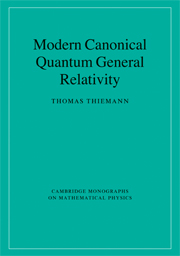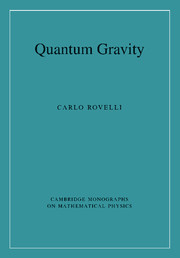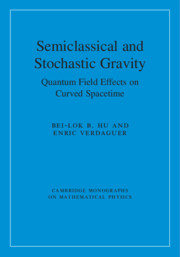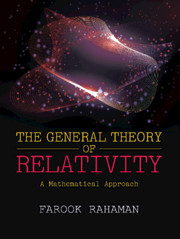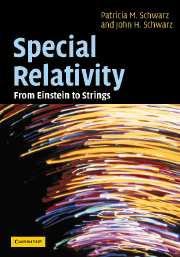Modern Canonical Quantum General Relativity
Modern physics rests on two fundamental building blocks: general relativity and quantum theory. General relativity is a geometric interpretation of gravity while quantum theory governs the microscopic behaviour of matter. Since matter is described by quantum theory which in turn couples to geometry, we need a quantum theory of gravity. In order to construct quantum gravity one must reformulate quantum theory on a background independent way. Modern Canonical Quantum General Relativity provides a complete treatise of the canonical quantisation of general relativity. The focus is on detailing the conceptual and mathematical framework, on describing physical applications and on summarising the status of this programme in its most popular incarnation, called loop quantum gravity. Mathematical concepts and their relevance to physics are provided within this book, which therefore can be read by graduate students with basic knowledge of quantum field theory or general relativity.
- Discusses all aspects of theory from the foundations to the frontiers of current research
- Contains mathematical precision which reaches new levels of rigour
- Designed to be an absolute reference text on the subject
Reviews & endorsements
"This book is a complete treatise on one approach, loop quantum gravity, to reformulating quantum theory in a background-independent way. It is suitable for graduate students and researchers in theoretical physics with a basic knowledge of quantum field theory and general relativity. Dr. Thiemann brings a deep level of mathematical understanding to the problem and has succeeded in solving some of the most complex problems in the area. The book is a snapshot of the theories in the field that may be leading to a greater understanding of our world.
Books-On-Line
"I enjoyed the book very much. The reader who is not mathematically oriented may be worried by some of the parts of the book that are more formal. But Thiemann has a careful writing style in which mathematics is used only as much as needed and always after proper definitions. ... I am convinced the book will immediately become a reference on the subject of loop quantum gravity and its modern developments." - Jorge A. Pullin, Mathematical Reviews
Product details
December 2008Paperback
9780521741873
846 pages
248 × 174 × 46 mm
1.41kg
Available
Table of Contents
- Preface
- Notation and conventions
- Introduction
- Part I. Classical Foundations, Interpretation and the Canonical Quantisation Programme:
- 1. Classical Hamiltonian formulation of general relativity
- 2. The problem of time, locality and the interpretation of quantum mechanics
- 3. The programme of canonical quantisation
- 4. The new canonical variables of Ashtekar for general relativity
- Part II. Foundations of Modern Canonical Quantum General Relativity:
- 5. Introduction
- 6. Step I: the holonomy-flux algebra [P]
- 7. Step II: quantum-algebra
- 8. Step III: representation theory of [A]
- 9. Step IV:
- 1. Implementation and solution of the kinematical constraints
- 10. Step V:
- 2. Implementation and solution of the Hamiltonian constraint
- 11. Step VI: semiclassical analysis
- Part III. Physical Applications:
- 12. Extension to standard matter
- 13. Kinematical geometrical operators
- 14. Spin foam models
- 15. Quantum black hole physics
- 16. Applications to particle physics and quantum cosmology
- 17. Loop quantum gravity phenomenology
- Part IV. Mathematical Tools and their Connection to Physics:
- 18. Tools from general topology
- 19. Differential, Riemannian, symplectic and complex geometry
- 20. Semianalytical category
- 21. Elements of fibre bundle theory
- 22. Holonomies on non-trivial fibre bundles
- 23. Geometric quantisation
- 24. The Dirac algorithm for field theories with constraints
- 25. Tools from measure theory
- 26. Elementary introduction to Gel'fand theory for Abelean C* algebras
- 27. Bohr compactification of the real line
- 28. Operatir -algebras and spectral theorem
- 29. Refined algebraic quantisation (RAQ) and direct integral decomposition (DID)
- 30. Basics of harmonic analysis on compact Lie groups
- 31. Spin network functions for SU(2)
- 32. + Functional analytical description of classical connection dynamics
- Bibliography
- Index.

